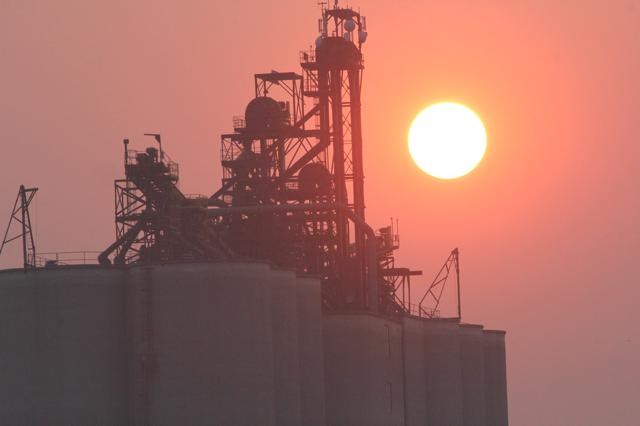Crops are developing quickly but normally in much of the province, according to Sask. Agriculture鈥檚 weekly Crop Report.
Livestock producers in the region now have 22 per cent of the hay crop cut and 54 per cent baled or put into silage. Hay quality is rated as four per cent excellent, 48 per cent adequate, 33 per cent poor and 15 per cent very poor. Hay yields are lower than average overall and many producers have indicated that there will likely not be a second cut this year due to lack of plant growth. Pastures in many areas are at carrying capacity and rain is needed to help replenish dugouts.
Hot temperatures and lack of moisture in much of the region continue to cause stress to crops, hay and pasture. Very little rain was received this past week, although the Baildon area reported 10 m.
The Glenavon area holds the record for the most precipitation (173 mm) in the region since April 1. Many more southerly areas of the region have not received much more than two or three inches since April 1; many crops in these areas are severely heat stressed and are beginning to dry down.
Crop yield will be affected, especially on those crops that have been in full flowering during the high temperatures. There are indications that harvest of winter cereal and pulse crops may begin in some areas within the coming weeks.
Topsoil moisture conditions are rapidly deteriorating under the hot and dry weather, and have significantly worsened since last week. Topsoil moisture on cropland is rated as 27 per cent adequate, 43 per cent short and 30 per cent very short. Hay land and pasture topsoil moisture is rated as 15 per cent adequate, 47 per cent short and 38 per cent very short.
Crop District 2A is reporting that 100 per cent of cropland and hay land and pasture are very short topsoil moisture at this time, while CD 3ASE is reporting that 98 per cent of both the cropland and hay land and pasture are short to very short topsoil moisture.
Significant rainfall is needed in the region to help crops fill and to replenish the topsoil; however, any rainfall will likely be too late in some areas.
In addition to the high temperatures and lack of rain, hail, wind, diseases such as sclerotinia and insects such as aphids and wheat midge caused crop damage this past week.




